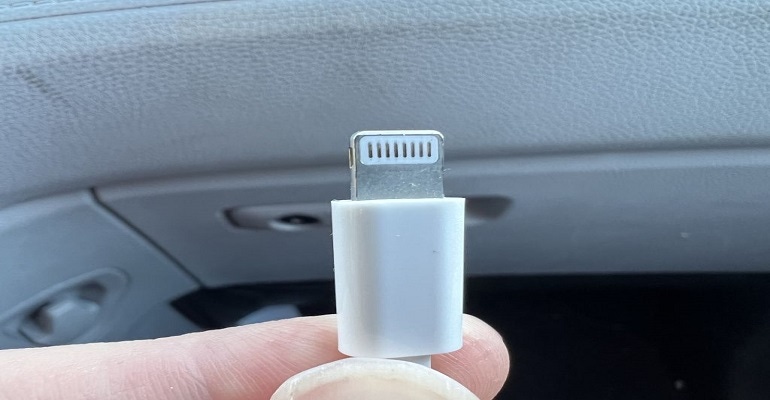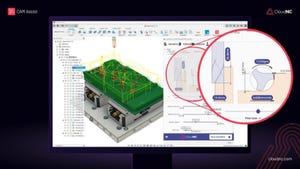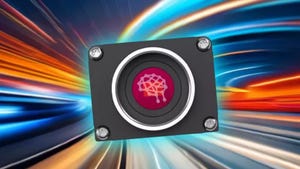Which Connector Will Apple’s iPhone 15 Use?
Strong indications point to Apple phasing out its decade-plus old Lightning connector.

Anyone who owns an Apple iPhone 5 or later smartphone knows that the smartphone has for years used its own proprietary connector called Lightning. In recent years, rumors would always surface that Apple would ditch its Lightning connector in favor of the USB-C connector used by other smartphones, only to see the familiar Apple Lightning connector on the new phones again.
With Apple’s iPhone 15 slated to unveil next month, another round of speculation has resurfaced about whether Apple will phase out its Lightning connector. But this time, the groundswell is much stronger that Apple will be forced to abandon its Lightning connector and adopt USB-C not only for its iPhones but also other consumer electronics products.
Thank the EU
Although Apple as usual is tight-lipped about the specs for the latest version of its iconic smartphone, indications are that Apple has no choice but to convert its future connectors to the USB-C format, thanks to the European Commission’s mandate that all consumer devices, including smartphones, use a common interface. That common interface, adopted by most smartphone manufacturers asides from Apple, is USB-C. The EU mandate will apply to all consumer devices sold into Europe by the end of 2024.
According to a blog post on the site Macrumors.com last year, Apple has been trying to wean itself off wired charging by moving to Magsafe and wireless connections for charging and data transfer. However, the passing of the EU directive gives Apple only a limited amount of time to convert its entire line of consumer devices to wireless charging. On top of that, Apple risks inconveniencing customers that use wired connections, for example in vehicles where wireless charging is only now becoming available.
There are several differences between Apple’s Lightning connector and the USB-C connector. A report on Street.com noted that the Lightning charger port measures 0.26 x 0.26 in., smaller than the USB-C port whose protective cover measures 0.49 in. at the base and 0.33 in. at the top.
The Lightning port supports USB 2.0 and transmits data at a 480 Mbps rate, while USB-C transmit data at the USB 3.0 speed of 640 Mbps. The Lightning cable supports 20 W fast charging, while USB-C supports fast charging up to 240 W.
The video below shows how Apple’s Lightning connector works.
For the past few years, Apple has stubbornly insisted on staying with its Lightning connector, contending that any regulations are harmful to innovation and ultimately consumers. But recent online reports all point to the company finally complying with the EU by transitioning its products to the USB-C interconnection standard.
All the mystery should be unraveled in a few weeks when Apple unveils iPhone as part of its Fall splash of technology announcements.
Spencer Chin is a Senior Editor for Design News covering the electronics beat. He has many years of experience covering developments in components, semiconductors, subsystems, power, and other facets of electronics from both a business/supply-chain and technology perspective. He can be reached at [email protected].
About the Author(s)
You May Also Like





